Best Soundproofing Tips for Urban Living
- 07-10-24
- 6 min read
- Blog
Living in a lively city like London comes with its fair share of perks – the vibrant culture, the endless entertainment options, and the convenience of having everything at your fingertips.
But it also comes with a less desirable side effect: noise.
Whether it's the constant buzz of traffic, the chatter of passersby, or the sounds of your neighbours going about their lives, unwanted noise can sometimes make it feel like the city is right there in your living room!
This can be especially true if you live in one of London's many older properties, which weren't exactly built with modern soundproofing in mind.
The thinner walls and less insulated structures of these homes can let in more noise than we'd like.
But don't despair! There are many ways to tackle excessive noise.
In this article, we'll share some of the most effective ways to soundproof your city home to create a quieter, more peaceful living space.
Before we dive into specific soundproofing techniques, it's essential to understand how sound travels and how it can infiltrate your home.
Sound waves are vibrations that travel through the air as well as through solid objects like walls, floors, and ceilings. There are two main types of sound transmission:
Airborne noise: This is sound that travels through the air, such as voices, music, or traffic noise. Airborne noise can enter your home through gaps and cracks around windows, doors, and other openings.
Structure-borne noise: This is sound that travels through the structure of your building, such as footsteps, vibrations from appliances, or the bass from a neighbour's stereo. Structure-borne noise can be more difficult to mitigate, as it can travel through walls, floors, and ceilings.
To effectively soundproof your home, you'll need to address both types of noise transmission.
Windows and doors are common sources of noise infiltration in city homes. Here are some ways to reduce sound transmission through these openings:
Replacing your existing single-pane windows with double or triple-glazing can significantly reduce noise transmission. The additional layers of glass and the air gaps between them help to absorb sound and minimise noise infiltration.
When choosing new windows, look for models with high acoustic ratings for the best results.
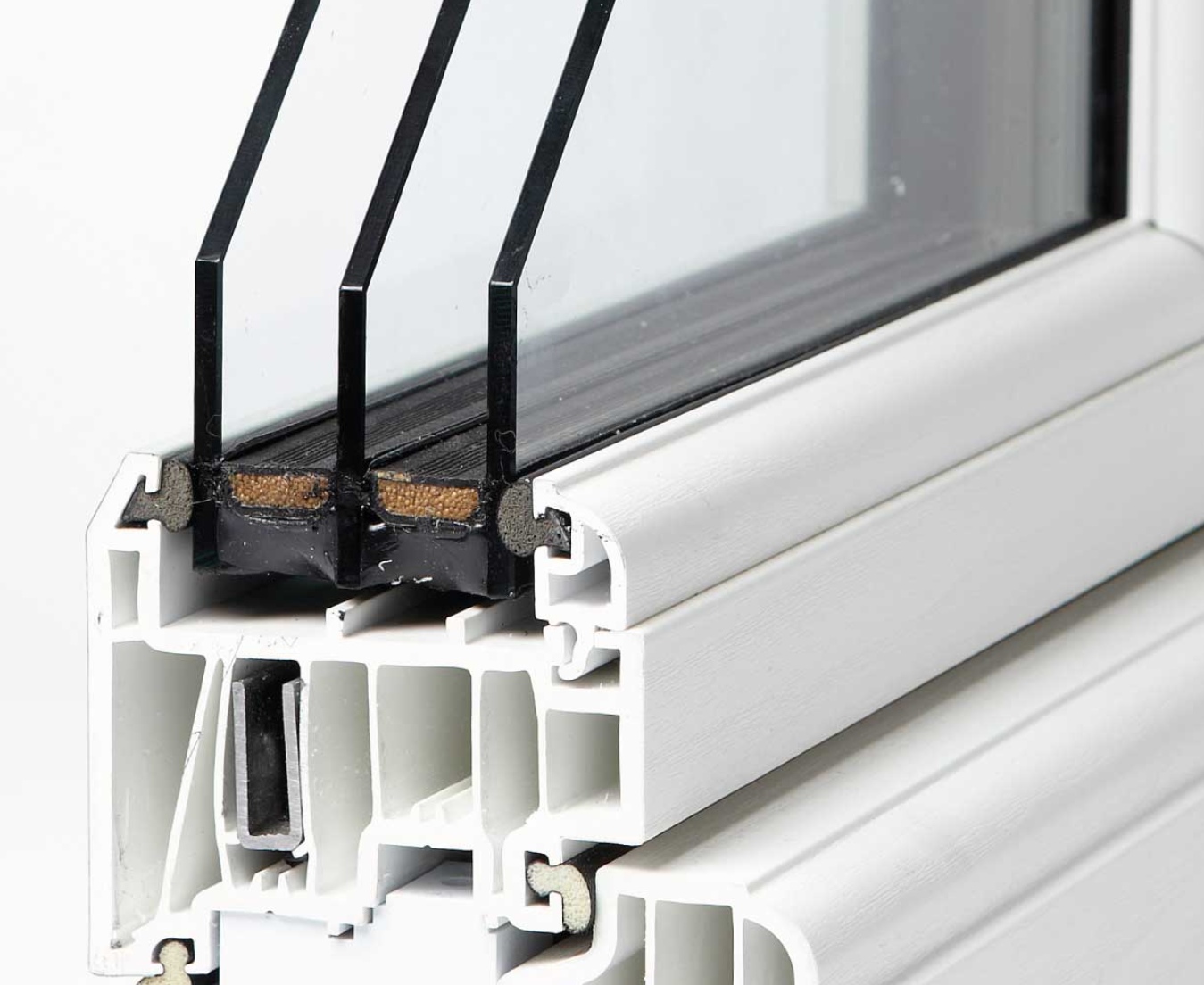
Above: Triple-glazed windows offer excellent soundproofing.
Even well-insulated windows and doors can allow noise to enter if there are gaps or cracks around the frames. To minimise this, be sure to:
Use weatherstripping: Apply weatherstripping around the perimeter of your windows and doors to create a tight seal when closed.
Install door sweeps: Door sweeps attach to the bottom of your door and help seal the gap between the door and the floor, reducing noise transmission.
Use acoustic sealant: Apply a bead of acoustic sealant around the edges of your window and door frames to seal any gaps.
Thick, heavy curtains or drapes can help absorb sound and reduce echo in a room.
For maximum effectiveness, look for curtains with a high density and a tight weave.
For even better results, consider using curtains with a sound-absorbing liner.
Noise from upstairs neighbours or the floor above can be a significant issue in city homes. Here are some ways to reduce noise transmission through your floors and ceilings:
If you're planning to install new flooring, consider using an acoustic underlay beneath the flooring material.
Acoustic underlay is a dense, rubber-like material that absorbs sound and reduces transmission through the floor. It's particularly effective when used with hardwood or laminate flooring.
Thick, plush rugs and carpets can help to absorb sound and reduce echo in a room.
Place them in high-traffic areas or rooms where you want to minimise noise from the above floor. Consider using rugs with a thick, sound-absorbing pad underneath for even better results.
Acoustic ceiling tiles can be installed directly onto your existing ceiling or suspended from the joists above.
They're designed to absorb sound and reduce noise transmission from the floor above. For maximum effectiveness, look for tiles with a high Noise Reduction Coefficient (NRC) rating.
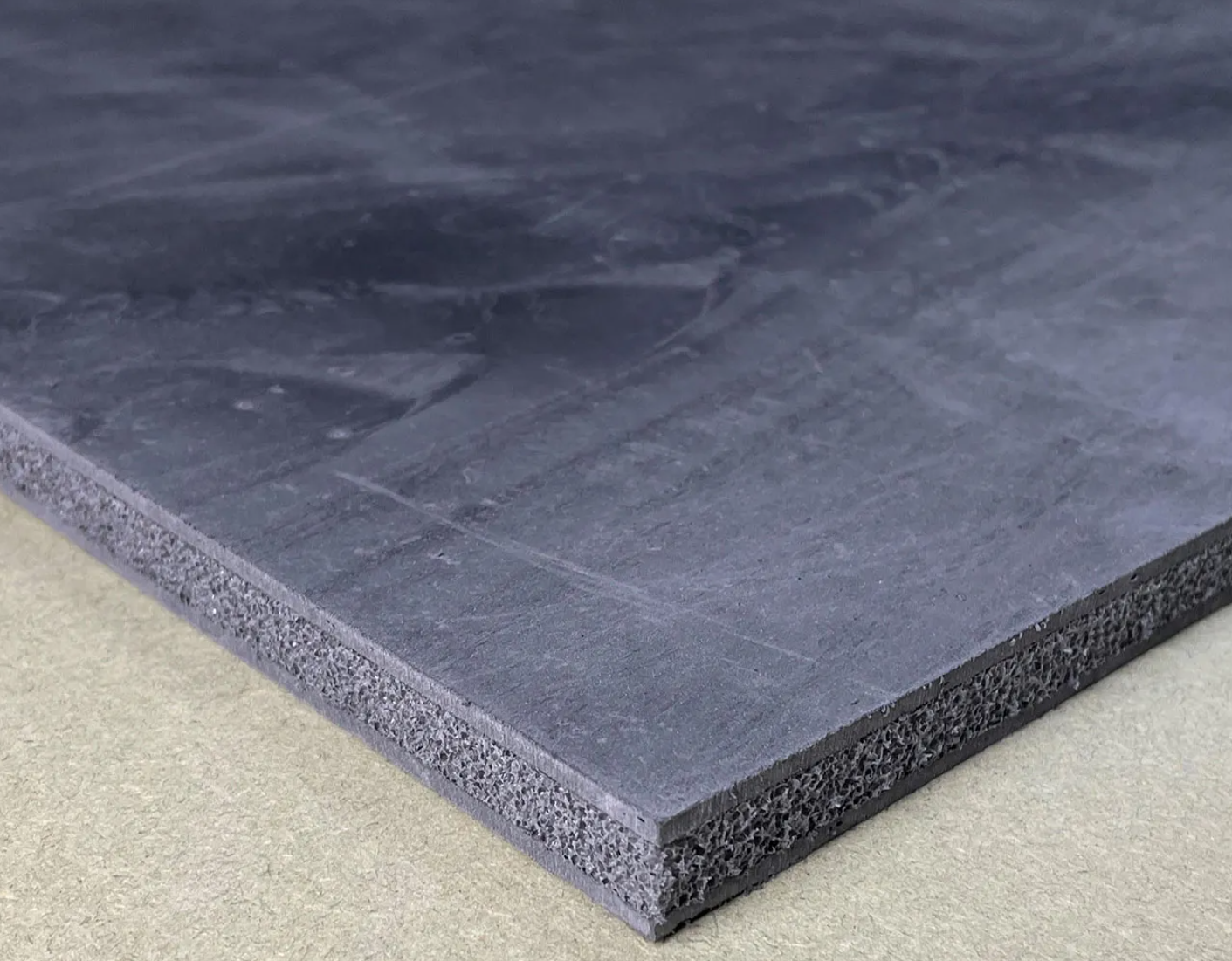
Above: Acoustic underlay offers great sound-proofing for floors.
While it may not be practical to completely rebuild walls in a Victorian terrace, there are still some techniques you can use to reduce noise transmission through your existing walls:
Acoustic panels are designed to absorb sound and reduce echo in a room. They come in a variety of shapes, sizes, and colours and can be mounted directly onto your walls.
Alternatively, hanging thick tapestries or wall hangings can also help to absorb sound and reduce noise transmission.
If you have access to the wall cavities (such as during a renovation), filling them with acoustic mineral wool insulation can help to absorb sound and reduce transmission.
This is a more involved process and should be done with the help of a professional.
Placing large, heavy furniture like bookcases or wardrobes against shared walls can help absorb sound and reduce transmission.
Similarly, filling bookshelves with books and other dense objects can also help.
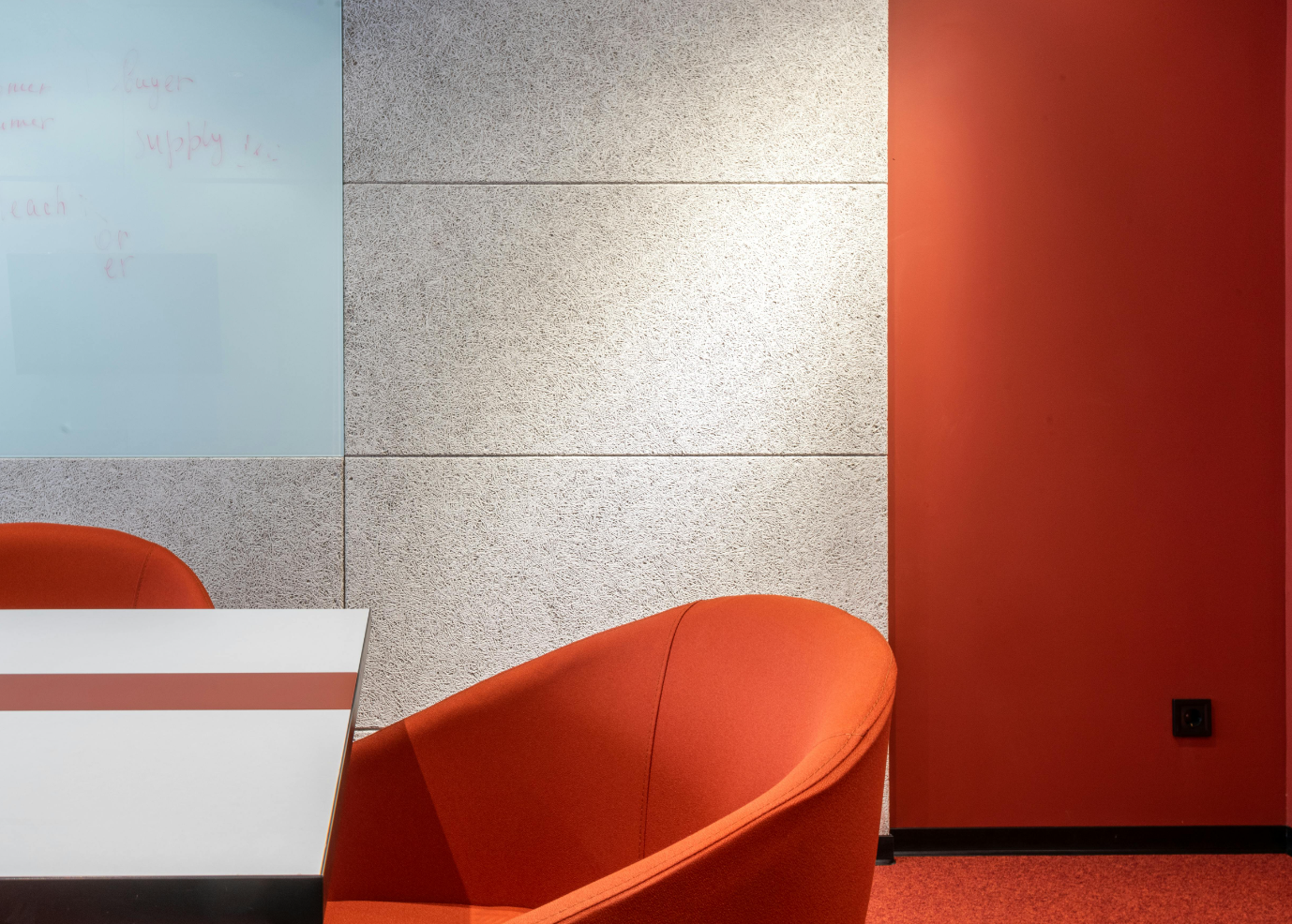
Above: Acoustic panels protect walls from excess noise.
If you're planning a home extension or renovation project, it's the perfect opportunity to incorporate soundproofing techniques into your design.
By working with a knowledgeable and experienced team like Design Team, you can ensure that your project not only adds valuable living space but enhances your home's aesthetic and creates a more peaceful and comfortable environment.
Some key areas to focus on when incorporating soundproofing into your extension or renovation include:
Windows: Opt for double or triple glazing with high acoustic ratings to minimise noise infiltration from outside.
Doors: Choose solid-core doors with tight seals to reduce noise transmission between rooms.
Floors: Install acoustic underlay or use thick rugs and carpets to minimise noise from the floor above.
Ceilings: Use acoustic ceiling tiles or install mineral wool insulation above the ceiling to reduce noise transmission from above.
By working closely with your design and build team, you can create a customised soundproofing plan that meets your specific needs and budget.
Soundproofing is just one aspect of creating a comfortable and functional living space.
If you're considering a home extension or renovation project, Design Team can help you understand the process and ensure that your project meets all of your needs and goals.
From initial design concepts to final construction and finishing touches, we'll guide you every step of the way, helping you create a beautiful, functional, and peaceful home that you'll love for years to come.
So why wait? Start exploring your options for a soundproofed, stylish city home today.
Book a free Design Consultation with one of our team to discuss your project in more detail.
.jpg)
11-11-24 6
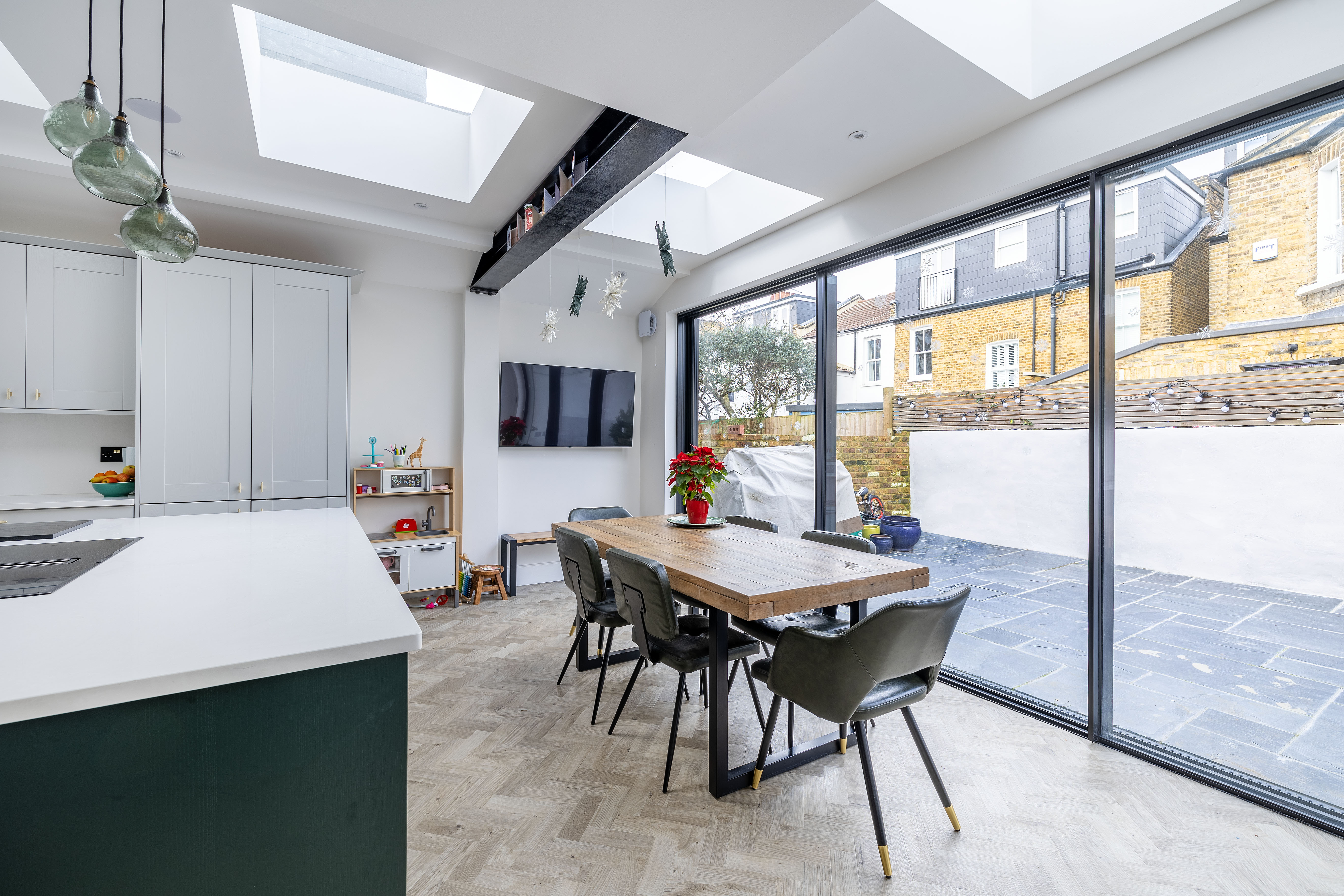
10-11-24 6
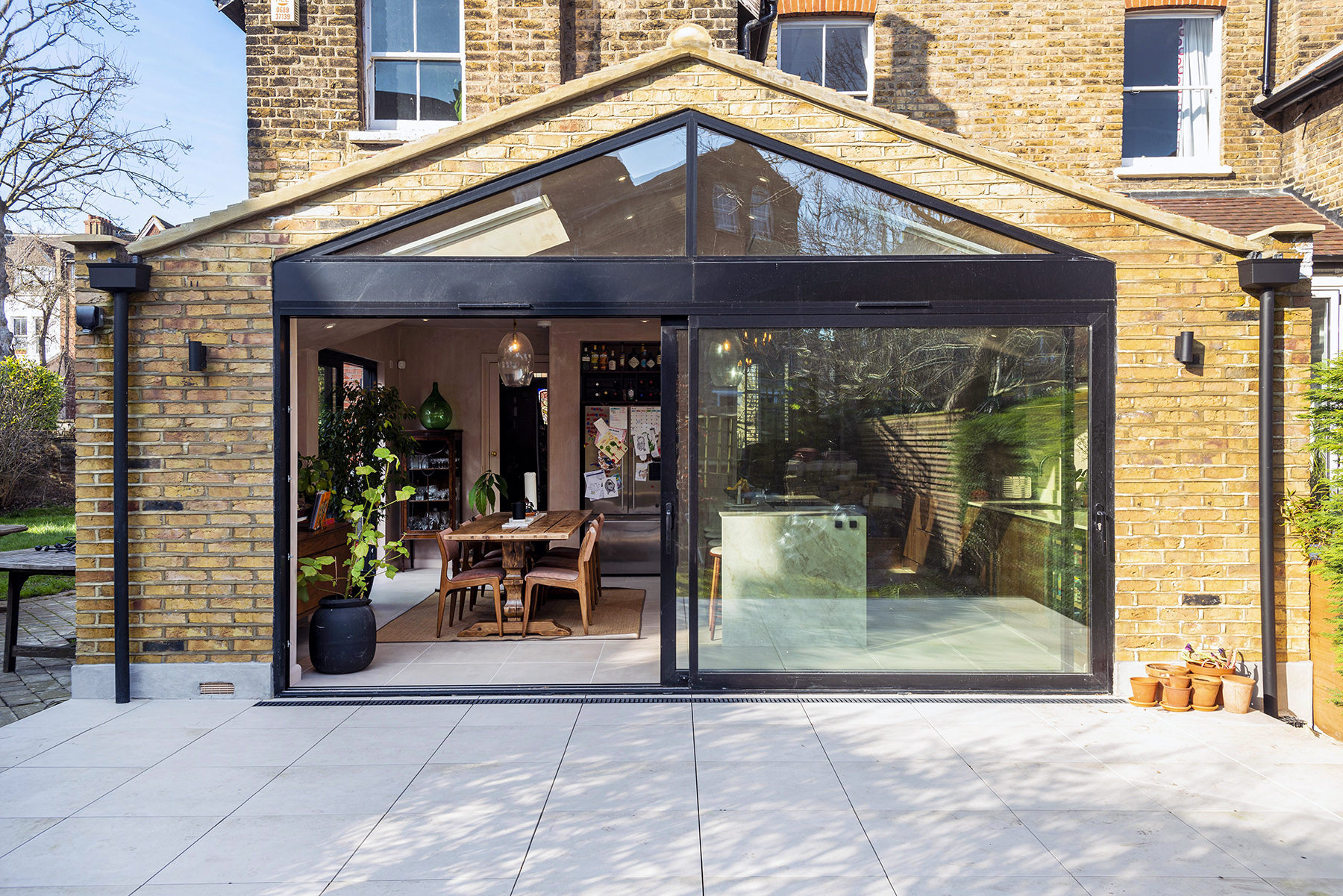
25-10-24 6